Lamborghini’s Legacy: Six Decades of Unmatched Innovation
For sixty years, Lamborghini has thrilled car enthusiasts worldwide with its relentless quest for performance, striking designs, and technological advancements. From the iconic Miura to the state-of-the-art Aventador, each Lamborghini model has left an enduring impact on automotive history. Join us as we explore the rich heritage of these Italian marvels.
350GT (1964): Lamborghini’s Inaugural Luxury Performance Model
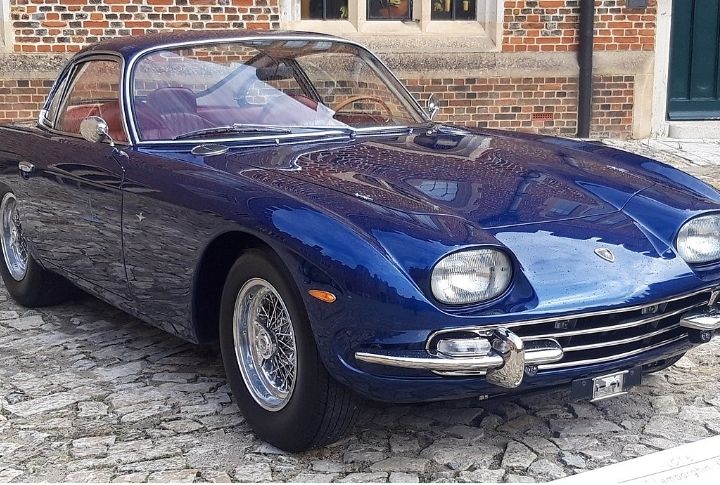
The 350GT was Lamborghini’s first production car, establishing the brand’s reputation for luxury and high performance. With a 3.5-liter V12 engine, it could reach speeds of up to 260 km/h, which was extraordinary for its time. Its elegant design and meticulous craftsmanship paved the way for Lamborghini’s future creations.
Continuing Evolution: The 400GT (1966)
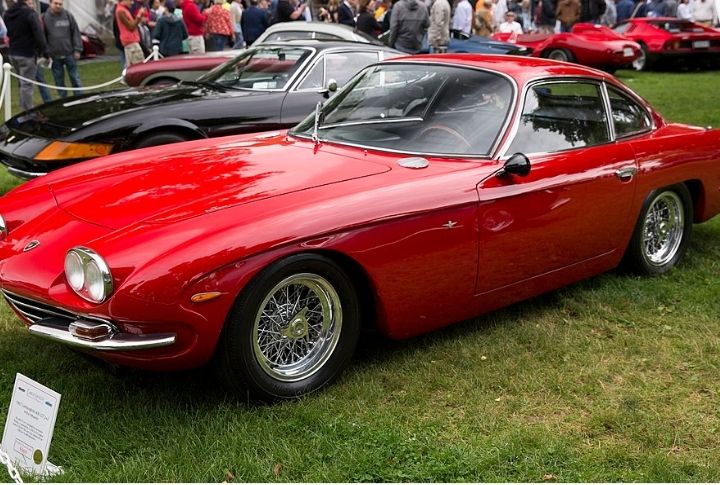
Following the 350GT, the 400GT featured a larger 4.0-liter V12 engine, enabling the 2+2 coupe to achieve remarkable speeds. The model’s broader fenders and refreshed front-end design gave it a unique appearance. Despite its increased power, the 400GT retained the luxurious interior that Lamborghini was becoming famous for.
Miura (1966): The Birth of the Modern Supercar
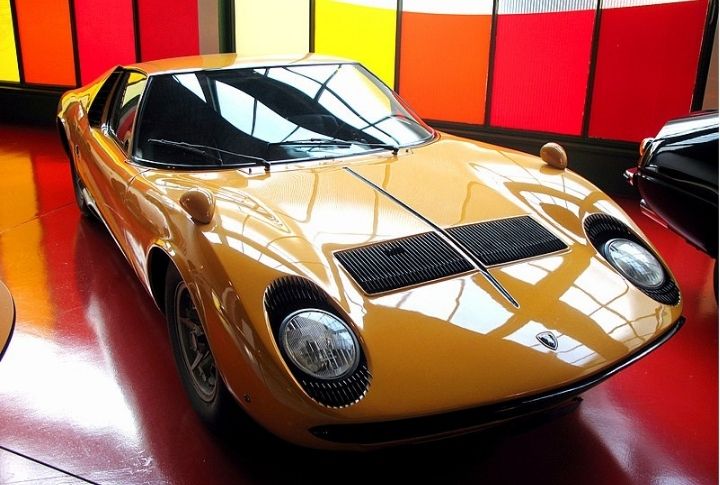
The Miura transformed the automotive industry with its mid-engine design and stunning aesthetics by Marcello Gandini of Bertone. Its transverse-mounted 4.0-liter V12 engine and sleek profile set the standard for modern supercars. The Miura’s groundbreaking design and engineering established new industry benchmarks.
Espada (1968): Merging Luxury and Performance
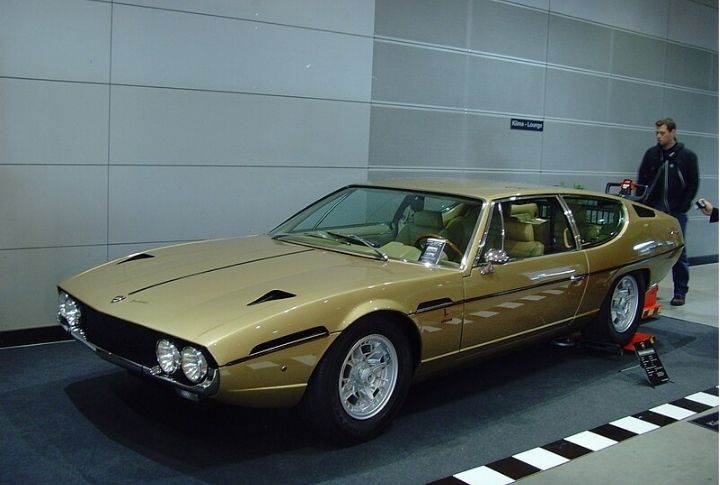
The Espada, Lamborghini’s first four-seater, combined grand touring comfort with the brand’s renowned performance, thanks to its 4.0-liter V12 engine. Its angular design and spacious interior made it a practical yet exotic choice for daily use. The Espada proved that Lamborghini could seamlessly blend luxury with high performance.
Power and Grace: Islero and Jarama
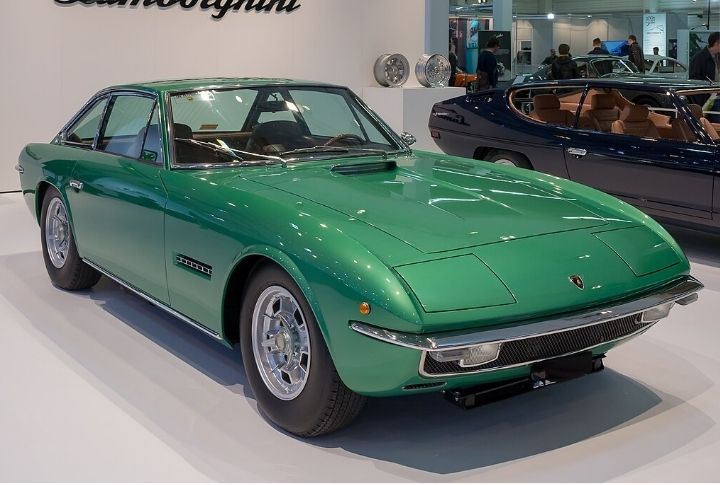
The Islero, named after a famous Spanish fighting bull, exemplified Lamborghini’s blend of power and elegance with its potent V12 engine and sleek lines. The Jarama, which succeeded the Islero, featured a modern design with the same powerful 4.0-liter V12. Both models highlighted Lamborghini’s commitment to creating powerful and stylish grand tourers.
Urraco (1973): Mid-Engine Innovation
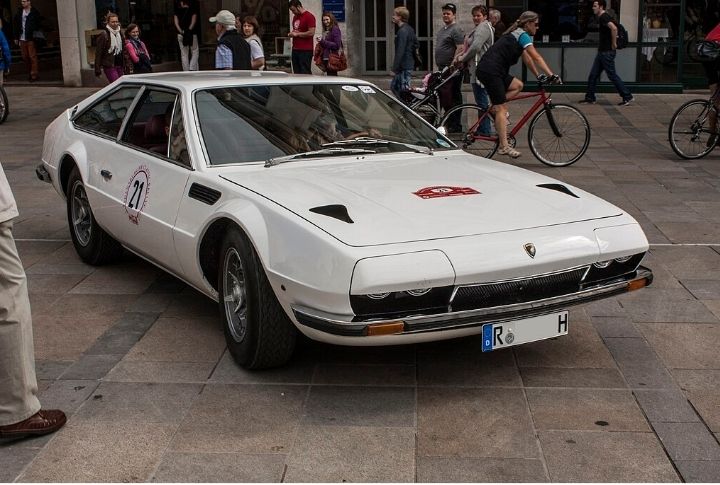
The Urraco was Lamborghini’s entry into the mid-engine, two-seat sports car market, powered by a 2.5-liter V8 engine. Its agile handling and distinctive wedge-shaped design set the stage for future Lamborghini sports cars. The Urraco’s innovative technology and compact design made it a standout model.
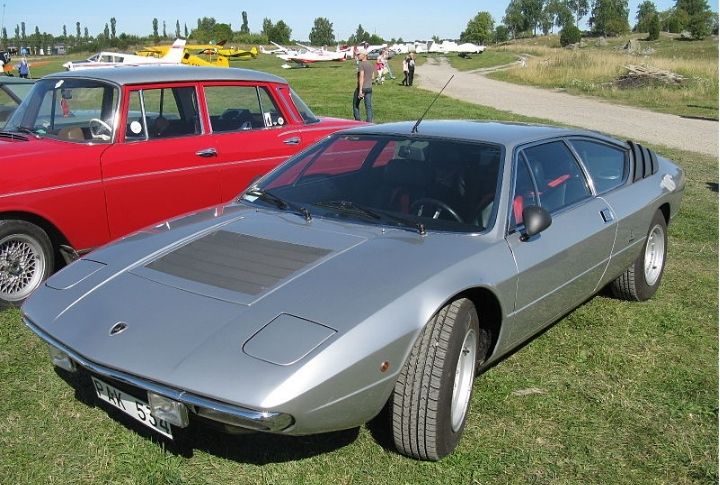
Countach (1974): An Icon is Born
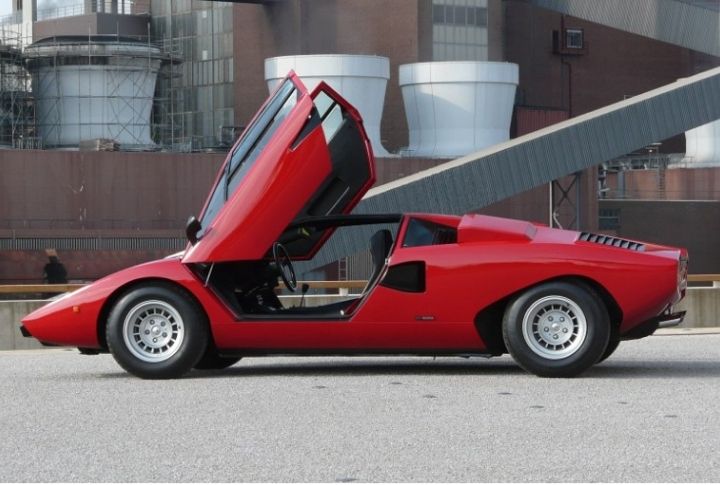
The Countach, perhaps Lamborghini’s most iconic model, captivated the world with its aggressive, angular design and scissor doors. Its 4.8-liter V12 engine allowed it to reach a top speed of 315 km/h. The Countach redefined performance and style, cementing its place in automotive history.
Versatility and Performance: Silhouette and Jalpa
The Silhouette, a Targa-topped version of the Urraco, offered open-air driving excitement with its 3.0-liter V8 engine. Its lightweight body and exceptional mid-engine dynamics demonstrated Lamborghini’s versatility. The Jalpa, which followed, delivered thrilling performance with a 3.5-liter V8 engine and modernized design, continuing the brand’s racing heritage.
Lamborghini Silhouette (1976)
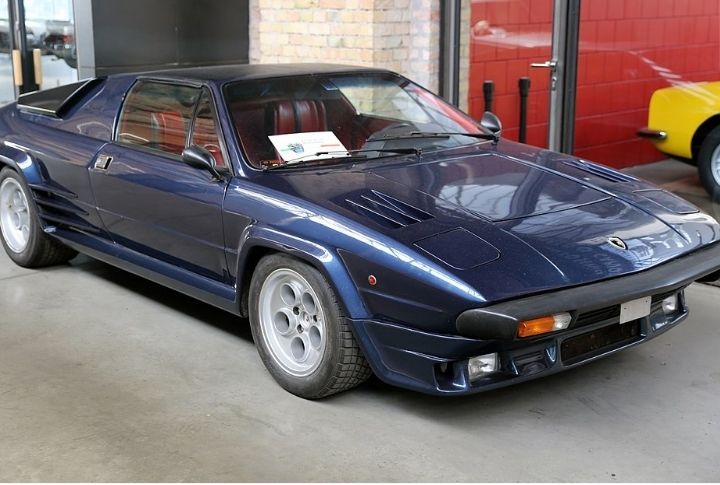
Jalpa (1981)
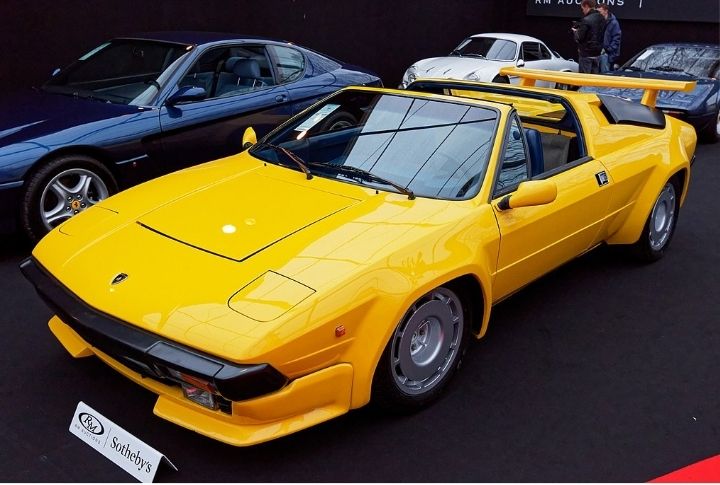
Succeeding the Urraco as Lamborghini’s entry-level offering, the Jalpa’s 3.5-liter V8 delivered an exhilarating performance within a sleek, angular body. The Targa-topped two-seater boasted distinctive NACA ducts and a modernized interior compared to its predecessor. Despite its smaller footprint, the Jalpa remained an exotic, race-bred machine worthy of the raging bull badge.
LM002 (1986): Lamborghini’s Bold Off-Road Venture
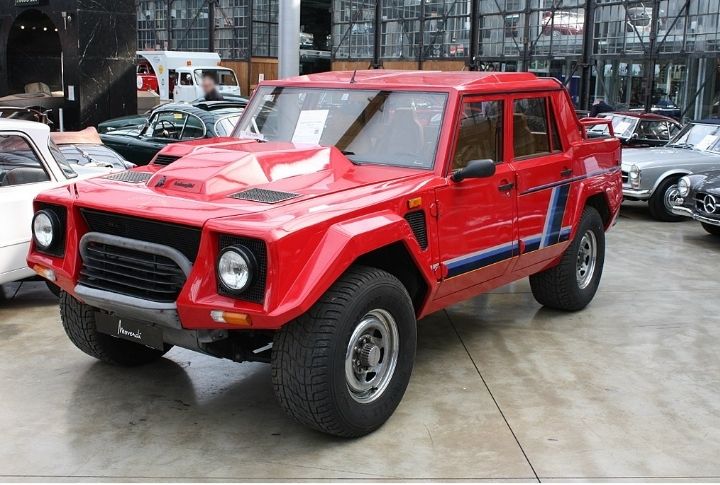
The LM002, Lamborghini’s high-performance off-road vehicle, featured a 5.2-liter V12 engine, capable of reaching 210 km/h even on challenging terrains. Its bold styling and robust capabilities showcased Lamborghini’s innovative spirit. The LM002 remains a unique and daring chapter in Lamborghini’s history.
Countach 25th Anniversary (1988): Celebrating a Classic
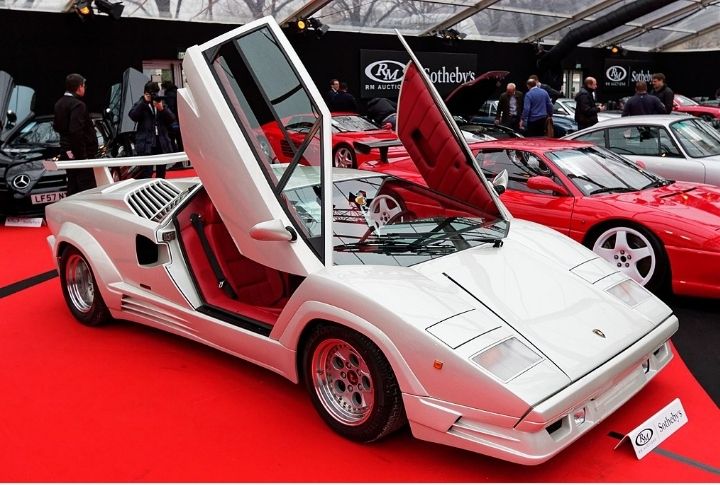
To mark 25 years of the Countach, Lamborghini introduced a special edition with mechanical and aerodynamic improvements. Its 5.2-liter V12 engine delivered 455 hp, with only 657 units produced. This rare edition celebrated the Countach’s legacy with enhanced performance and exclusivity.
New Eras of Supercars: Diablo (1990) and Murciélago (2001)
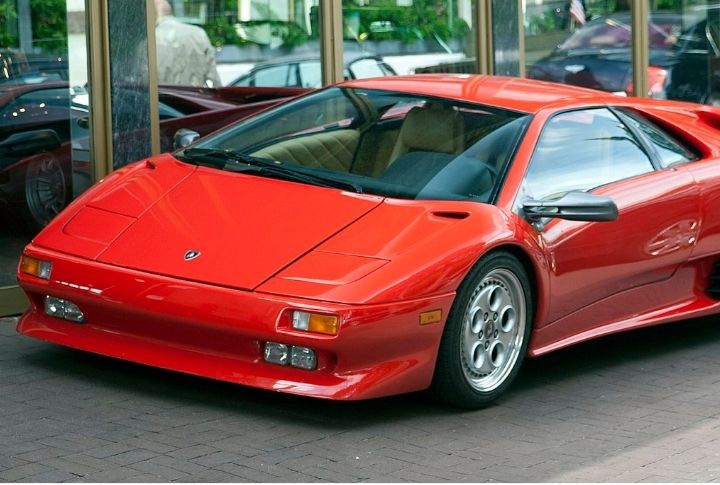
Taking the proverbial baton from the Countach, the Diablo supercar made its mark with a 5.7-liter V12 and an aggressive, The Diablo succeeded the Countach with a 5.7-liter V12 engine and a striking design. It balanced extreme performance with refined handling. The Murciélago, launched in 2001, continued this legacy with a 6.2-liter V12 and advanced chassis, appealing to enthusiasts with both coupe and roadster versions.
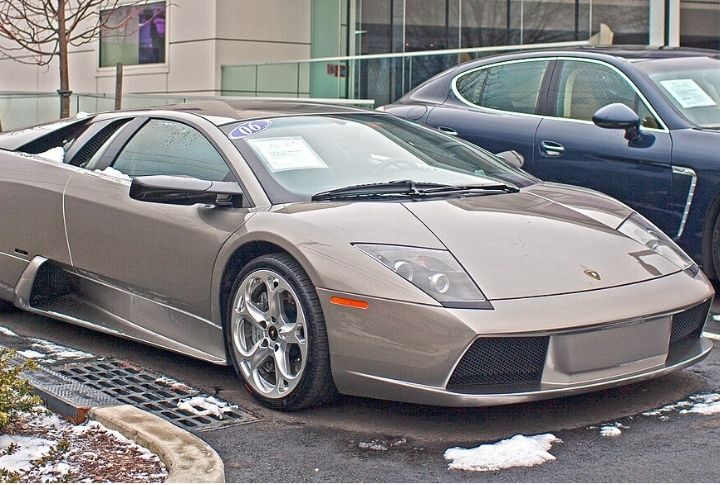
Gallardo (2003): Bringing Exotic Performance to the Masses
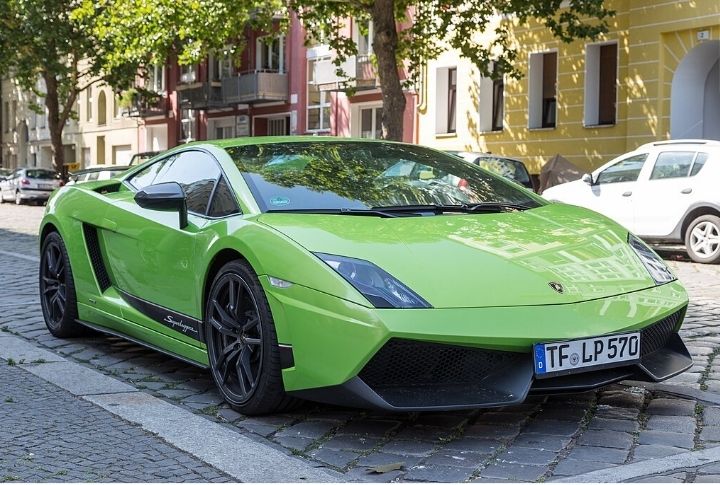
The Gallardo, Lamborghini’s first V10 model, offered accessible supercar performance with its 5.0-liter engine. Its compact design and optional E-Gear transmission made it user-friendly without sacrificing thrills. The Gallardo democratized Lamborghini’s high-performance driving experience.
Limited Editions and Technological Marvels: Reventón, Aventador, and Beyond
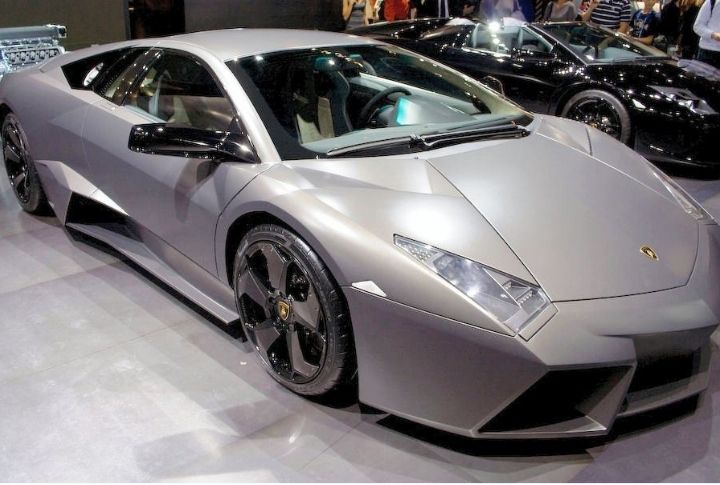
The Reventón, with its aviation-inspired design and 6.5-liter V12 engine, was a limited edition marvel. The Aventador, which succeeded the Murciélago, featured advanced technologies like a carbon fiber monocoque chassis and a 700 hp V12 engine. The Sesto Elemento and Veneno further pushed boundaries with lightweight construction and electrified powertrains.
Lamborghini Aventador (2011)
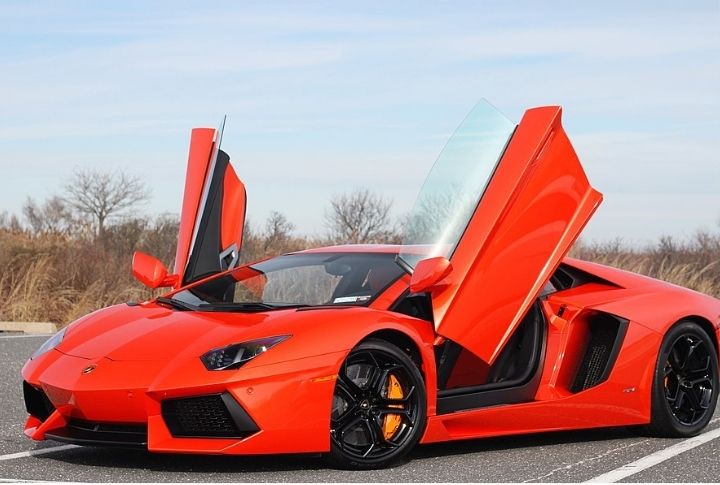
Lamborghini Sesto Elemento (2013)
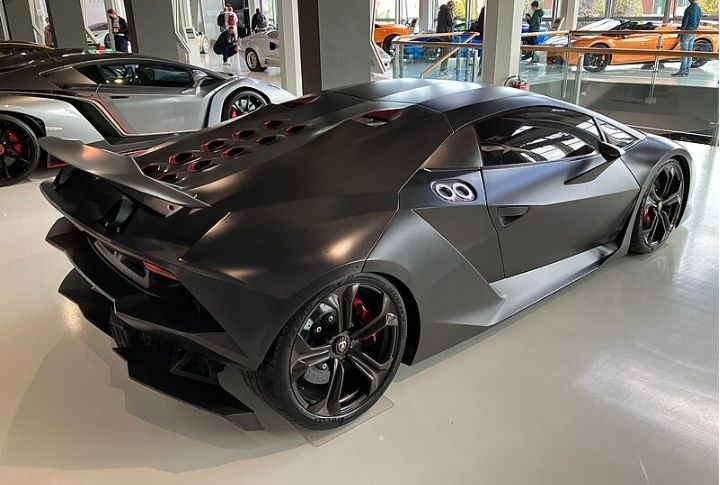
Lamborghini Veneno (2013)
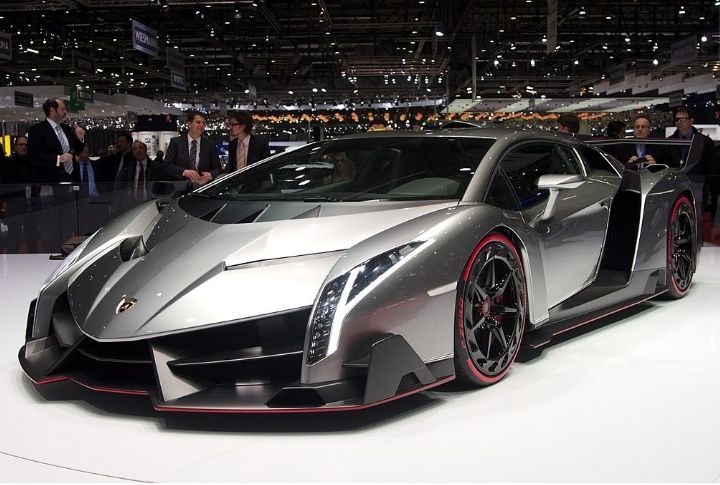
Modern Innovations: Huracán, Urus, and Electrification
The Huracán continued the V10 legacy with cutting-edge dynamics and striking design. Lamborghini’s venture into SUVs with the Urus combined supercar performance with versatility. The Sián, Essenza SCV12, and Countach LPI 800-4 showcased Lamborghini’s embrace of hybrid technology, blending tradition with innovation.
Lamborghini Huracán (2014)
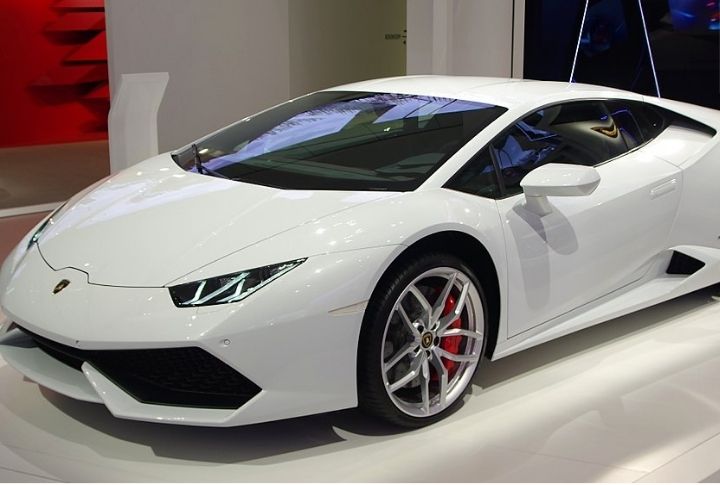
Lamborghini Centenario (2016)
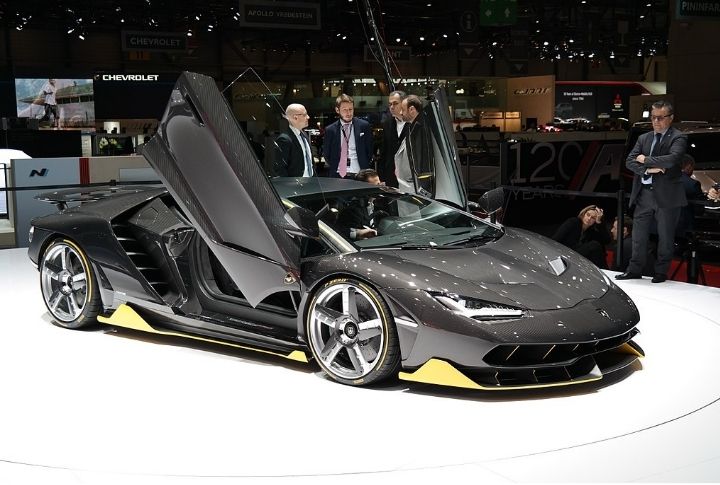
Lamborghini Urus (2018)
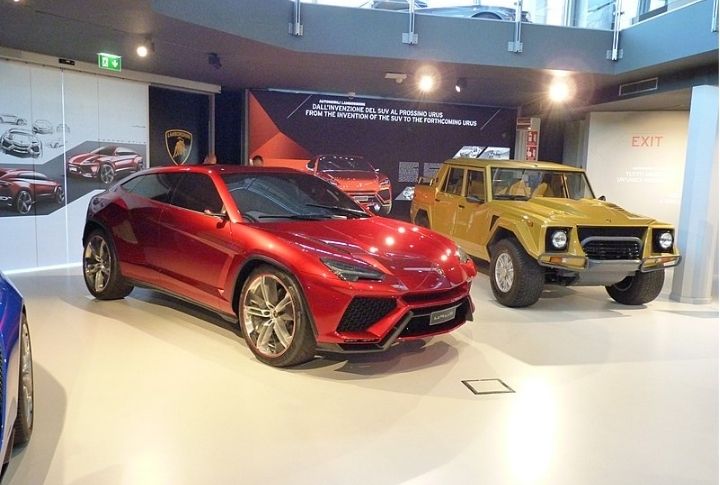
Lamborghini Sián (2019)
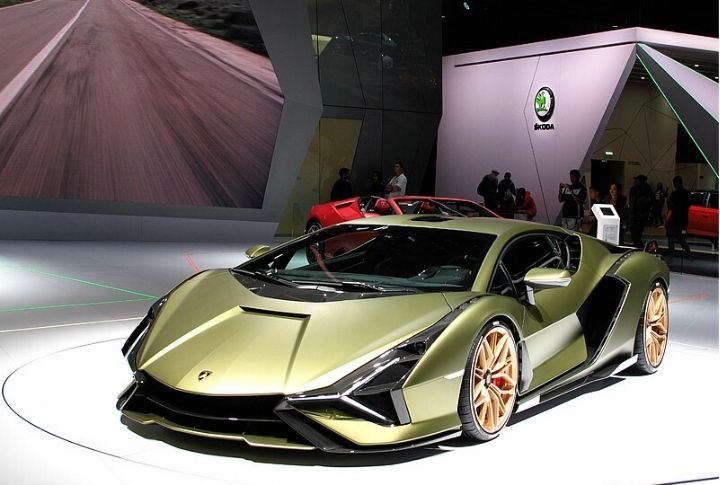
Lamborghini Essenza SCV12 (2020)
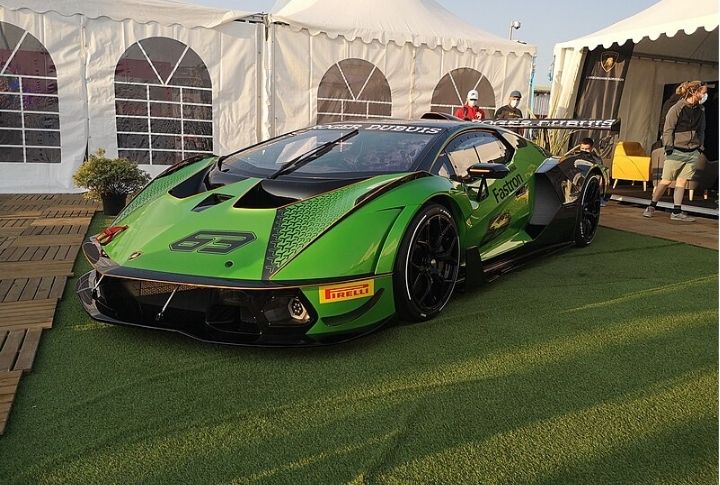
Lamborghini Countach LPI 800-4 (2022)
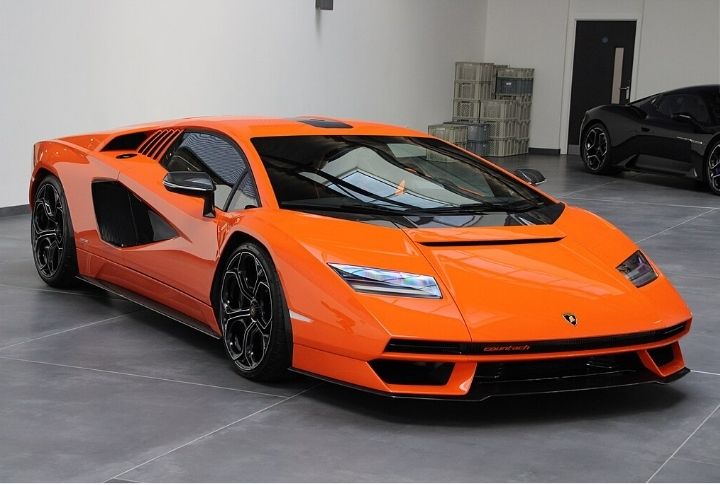
Lamborghini Revuelto (2023)
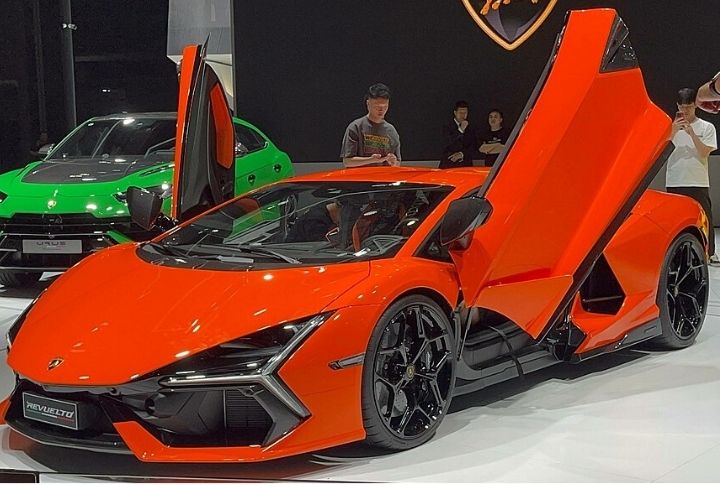
Modern Innovations: Huracán, Urus, and Electrification
The Huracán continued the V10 legacy with cutting-edge dynamics and striking design. Lamborghini’s venture into SUVs with the Urus combined supercar performance with versatility. The Sián, Essenza SCV12, and Countach LPI 800-4 showcased Lamborghini’s embrace of hybrid technology, blending tradition with innovation.
